Abstract:
Creating and maintaining the long term structure of a constellation can be a major element of cost and risk. Both can be substantially reduced by the use of straightforward, low-cost autonomous orbit maintenance. In most cases, this can be done with the computer, sensing, and thruster hardware already required on-board the spacecraft.
For most constellations, absolute stationkeeping (maintaining each satellite in a pre-defined mathematical box) has several advantages and no disadvantages compared to relative station-keeping in which only the relative positions of the satellites are maintained. These include a simpler, more robust control mechanism and less propellant usage. A secondary, but substantial, advantage of absolute stationkeeping is that the time history of the positions of all of the satellites are known in advance (i.e., before launch). This can be used to greatly simplify coverage analysis, hand-off, ground communications, and intersatellite links. Absolute stationkeeping is best implemented autonomously because it uses a large number of small thruster burns, rather than the small number of larger burns used in more traditional stationkeeping. Results of long term simulations show that in most cases position can be controlled indefinitely to within less than 0.2 sec (1s), corresponding to an in-track position error of less than 1.5 km.
Download “Autonomous Constellation Maintenance”
Wertz, J.R., J. Collins, S. Dawson, H. Koenigsmann and C. Potterveld. IAF Workshop on Satellite Constellations, Toulouse, France. November 18–19, 1997.
